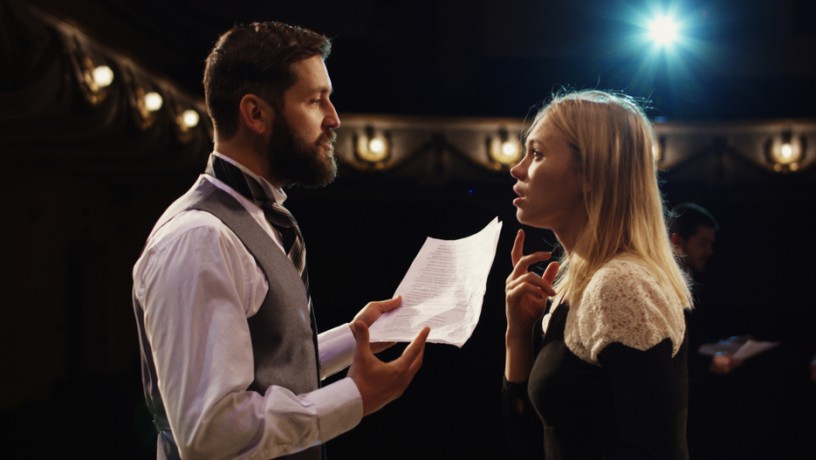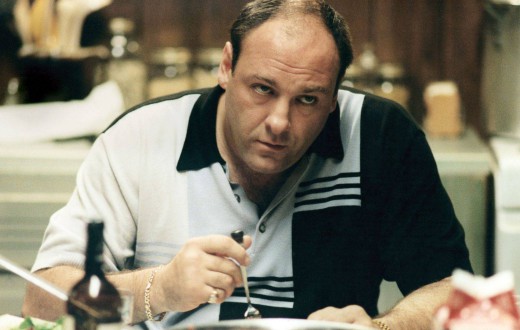The following is a partial list of major acting techniques explained.
- Classical acting is an umbrella term for a philosophy of acting that integrates the expression of the body, voice, imagination, personalizing, improvisation, external stimuli, and script analysis. It is based on the theories and systems of select classical actors and directors including Konstantin Stanislavski and Michel Saint-Denis.
- Stanislavski’s system, also known as Stanislavski’s method, actors draw upon their own feelings and experiences to convey the “truth” of the character they are portraying. The actor puts himself or herself in the mindset of the character finding things in common in order to give a more genuine portrayal of the character.
- Method acting is a range of techniques used to assist acting persons in understanding, relating to and the portrayal of their character(s), as formulated by Lee Strasberg. Strasberg’s method is based upon the idea that in order to develop an emotional and cognitive understanding of their roles, actors should use their own experiences to identify personally with their characters. It is based on aspects of Stanislavski’s system. Other acting techniques are also based on Stanislavski’s ideas, such as those of Stella Adler and Sanford Meisner, but these are not considered “method acting”.
- Michael Chekhov developed an acting technique, a ‘psycho-physical approach’, in which transformation, working with impulse, imagination and inner and outer gesture are central. It offers clear and practical tools in working with imagination, feelings and atmosphere. This Creative Individuality allows the artist actor to use parts of themselves that are not just the smaller meaner more banal elements that make up their daily life, but rather parts of their unconscious, where dwell more universal and archetypal images. His acting technique has been used by actors such as Jack Nicholson, Clint Eastwood, Marilyn Monroe, and Yul Brynner.
- Meisner technique requires the actor to focus totally on the other actor as though he or she is real and they only exist in that moment. This is a method that makes the actors in the scene seem more authentic to the audience. It is based on the principle that acting finds its expression in people’s response to other people and circumstances. It is based on Stanislavski’s system.
- Practical Aesthetics is an acting technique originally conceived by David Mamet and William H. Macy, based on the teachings of Stanislavski, Sanford Meisner, and the Stoic philosopher Epctetus. Some key features of the method include a particular method of script analysis, adaptability, and repetition exercises similar to those in Meisner technique.[3]
- The Brechtian Method, Bertolt Brecht developed an “epic drama” style that relies on the audience’s reflective detachment rather than emotional involvement.







